Post Syndicated from Sébastien Stormacq original https://aws.amazon.com/blogs/aws/introducing-amazon-neptune-analytics-a-high-performance-graph-analytics/
I am happy to announce the general availability of Amazon Neptune Analytics, a new analytics database engine that makes it faster for data scientists and application developers to quickly analyze large amounts of graph data. With Neptune Analytics, you can now quickly load your dataset from Amazon Neptune or your data lake on Amazon Simple Storage Service (Amazon S3), run your analysis tasks in near real time, and optionally terminate your graph afterward.
Graph data enables the representation and analysis of intricate relationships and connections within diverse data domains. Common applications include social networks, where it aids in identifying communities, recommending connections, and analyzing information diffusion. In supply chain management, graphs facilitate efficient route optimization and bottleneck identification. In cybersecurity, they reveal network vulnerabilities and identify patterns of malicious activity. Graph data finds application in knowledge management, financial services, digital advertising, and network security, performing tasks such as identifying money laundering networks in banking transactions and predicting network vulnerabilities.
Since the launch of Neptune in May 2018, thousands of customers have embraced the service for storing their graph data and performing updates and deletion on specific subsets of the graph. However, analyzing data for insights often involves loading the entire graph into memory. For instance, a financial services company aiming to detect fraud may need to load and correlate all historical account transactions.
Performing analyses on extensive graph datasets, such as running common graph algorithms, requires specialized tools. Utilizing separate analytics solutions demands the creation of intricate pipelines to transfer data for processing, which is challenging to operate, time-consuming, and prone to errors. Furthermore, loading large datasets from existing databases or data lakes to a graph analytic solution can take hours or even days.
Neptune Analytics offers a fully managed graph analytics experience. It takes care of the infrastructure heavy lifting, enabling you to concentrate on problem-solving through queries and workflows. Neptune Analytics automatically allocates compute resources according to the graph’s size and quickly loads all the data in memory to run your queries in seconds. Our initial benchmarking shows that Neptune Analytics loads data from Amazon S3 up to 80x faster than existing AWS solutions.
Neptune Analytics supports 5 families of algorithms covering 15 different algorithms, each with multiple variants. For example, we provide algorithms for path-finding, detecting communities (clustering), identifying important data (centrality), and quantifying similarity. Path-finding algorithms are used for use cases such as route planning for supply chain optimization. Centrality algorithms like page rank identify the most influential sellers in a graph. Algorithms like connected components, clustering, and similarity algorithms can be used for fraud-detection use cases to determine whether the connected network is a group of friends or a fraud ring formed by a set of coordinated fraudsters.
Neptune Analytics facilitates the creation of graph applications using openCypher, presently one of the widely adopted graph query languages. Developers, business analysts, and data scientists appreciate openCypher’s SQL-inspired syntax, finding it familiar and structured for composing graph queries.
Let’s see it at work
As we usually do on the AWS News blog, let’s show how it works. For this demo, I first navigate to Neptune in the AWS Management Console. There is a new Analytics section on the left navigation pane. I select Graphs and then Create graph.
On the Create graph page, I enter the details of my graph analytics database engine. I won’t detail each parameter here; their names are self-explanatory.
Pay attention to Allow from public because, the vast majority of the time, you want to keep your graph only available from the boundaries of your VPC. I also create a Private endpoint to allow private access from machines and services inside my account VPC network.
In addition to network access control, users will need proper IAM permissions to access the graph.
Finally, I enable Vector search to perform similarity search using embeddings in the dataset. The dimension of the vector depends on the large language model (LLM) that you use to generate the embedding.
When I am ready, I select Create graph (not shown here).
After a few minutes, my graph is available. Under Connectivity & security, I take note of the Endpoint. This is the DNS name I will use later to access my graph from my applications.
I can also create Replicas. A replica is a warm standby copy of the graph in another Availability Zone. You might decide to create one or more replicas for high availability. By default, we create one replica, and depending on your availability requirements, you can choose not to create replicas.
Business queries on graph data
Now that the Neptune Analytics graph is available, let’s load and analyze data. For the rest of this demo, imagine I’m working in the finance industry.
I have a dataset obtained from the US Securities and Exchange Commission (SEC). This dataset contains the list of positions held by investors that have more than $100 million in assets. Here is a diagram to illustrate the structure of the dataset I use in this demo.
I want to get a better understanding of the positions held by one investment firm (let’s name it “Seb’s Investments LLC”). I wonder what its top five holdings are and who else holds more than $1 billion in the same companies. I am also curious to know what are other investment companies that have a similar portfolio as Seb’s Investments LLC.
To start my analysis, I create a Jupyter notebook in the Neptune section of the AWS Management Console. In the notebook, I first define my analytics endpoint and load the data set from an S3 bucket. It takes only 18 seconds to load 17 million records.
Then, I start to explore the dataset using openCypher queries. I start by defining my parameters:
params = {'name': "Seb's Investments LLC", 'quarter': '2023Q4'}First, I want to know what the top five holdings are for Seb’s Investments LLC in this quarter and who else holds more than $1 billion in the same companies. In openCypher, it translates to the query hereafter. The $name parameter’s value is “Seb’s Investment LLC” and the $quarter parameter’s value is 2023Q4.
MATCH p=(h:Holder)-->(hq1)-[o:owns]->(holding)
WHERE h.name = $name AND hq1.name = $quarter
WITH DISTINCT holding as holding, o ORDER BY o.value DESC LIMIT 5
MATCH (holding)<-[o2:owns]-(hq2)<--(coholder:Holder)
WHERE hq2.name = '2023Q4'
WITH sum(o2.value) AS totalValue, coholder, holding
WHERE totalValue > 1000000000
RETURN coholder.name, collect(holding.name)Then, I want to know what the other top five companies are that have similar holdings as “Seb’s Investments LLC.” I use the topKByNode() function to perform a vector search.
MATCH (n:Holder)
WHERE n.name = $name
CALL neptune.algo.vectors.topKByNode(n)
YIELD node, score
WHERE score >0
RETURN node.name LIMIT 5This query identifies a specific Holder node with the name “Seb’s Investments LLC.” Then, it utilizes the Neptune Analytics custom vector similarity search algorithm on the embedding property of the Holder node to find other nodes in the graph that are similar. The results are filtered to include only those with a positive similarity score, and the query finally returns the names of up to five related nodes.
Pricing and availability
Neptune Analytics is available today in seven AWS Regions: US East (Ohio, N. Virginia), US West (Oregon), Asia Pacific (Singapore, Tokyo), and Europe (Frankfurt, Ireland).
AWS charges for the usage on a pay-as-you-go basis, with no recurring subscriptions or one-time setup fees.
Pricing is based on configurations of memory-optimized Neptune capacity units (m-NCU). Each m-NCU corresponds to one hour of compute and networking capacity and 1 GiB of memory. You can choose configurations starting with 128 m-NCUs and up to 4096 m-NCUs. In addition to m-NCU, storage charges apply for graph snapshots.
I invite you to read the Neptune pricing page for more details
Neptune Analytics is a new analytics database engine to analyze large graph datasets. It helps you discover insights faster for use cases such as fraud detection and prevention, digital advertising, cybersecurity, transportation logistics, and bioinformatics.
Get started
Log in to the AWS Management Console to give Neptune Analytics a try.



















































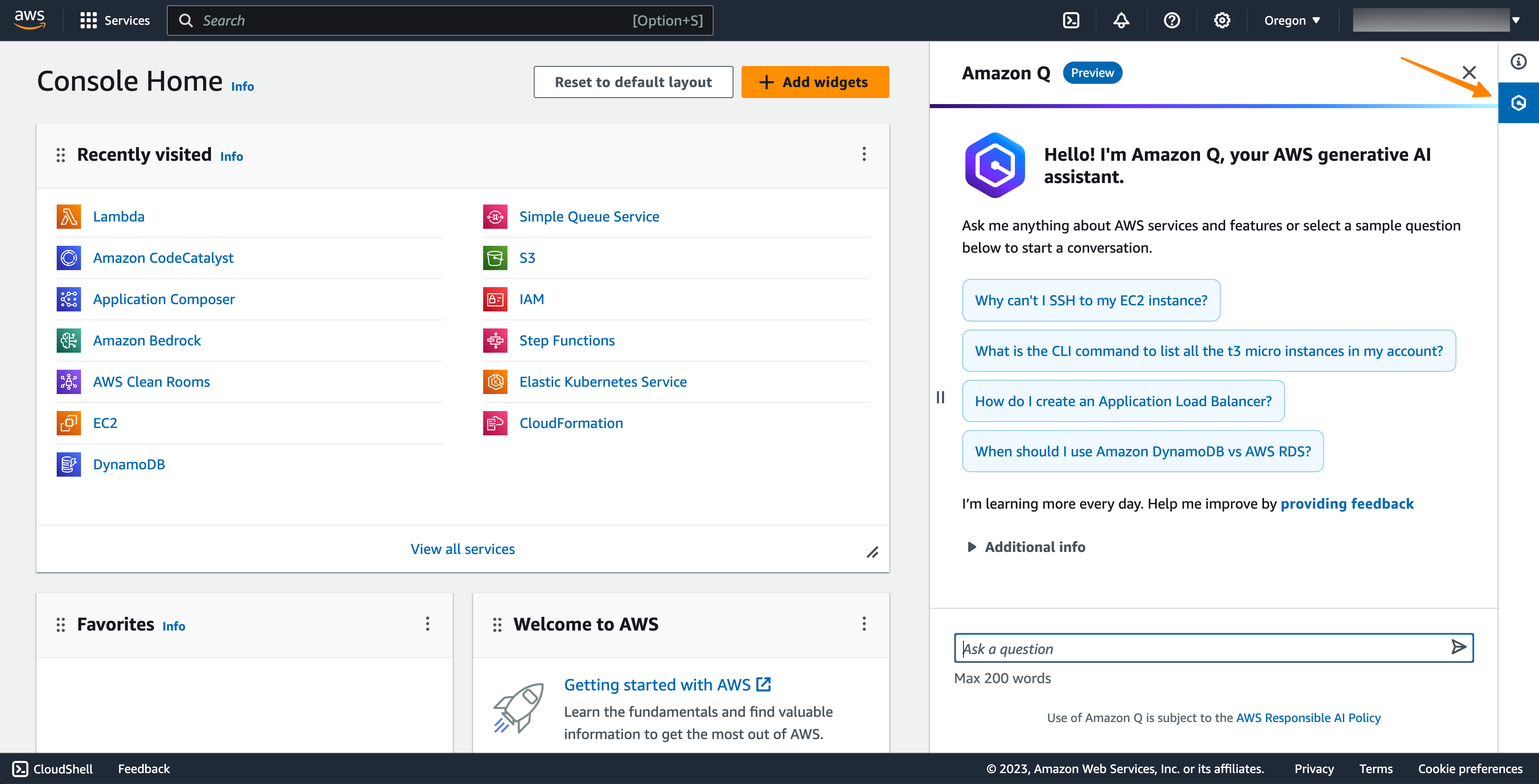


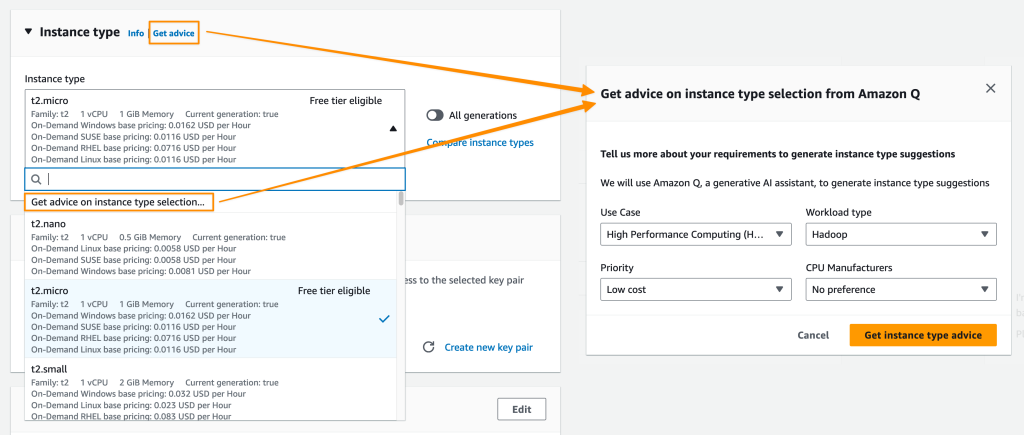




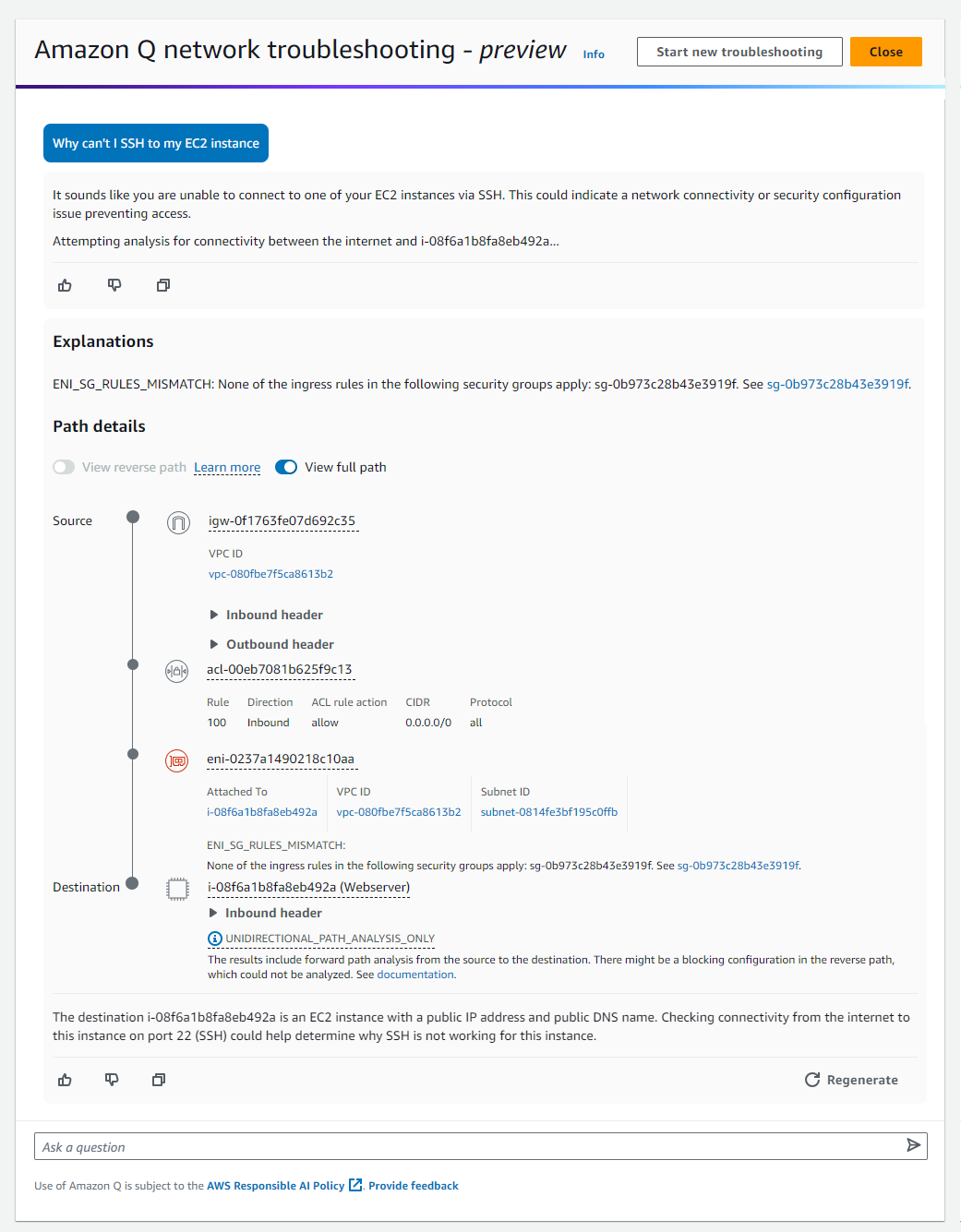
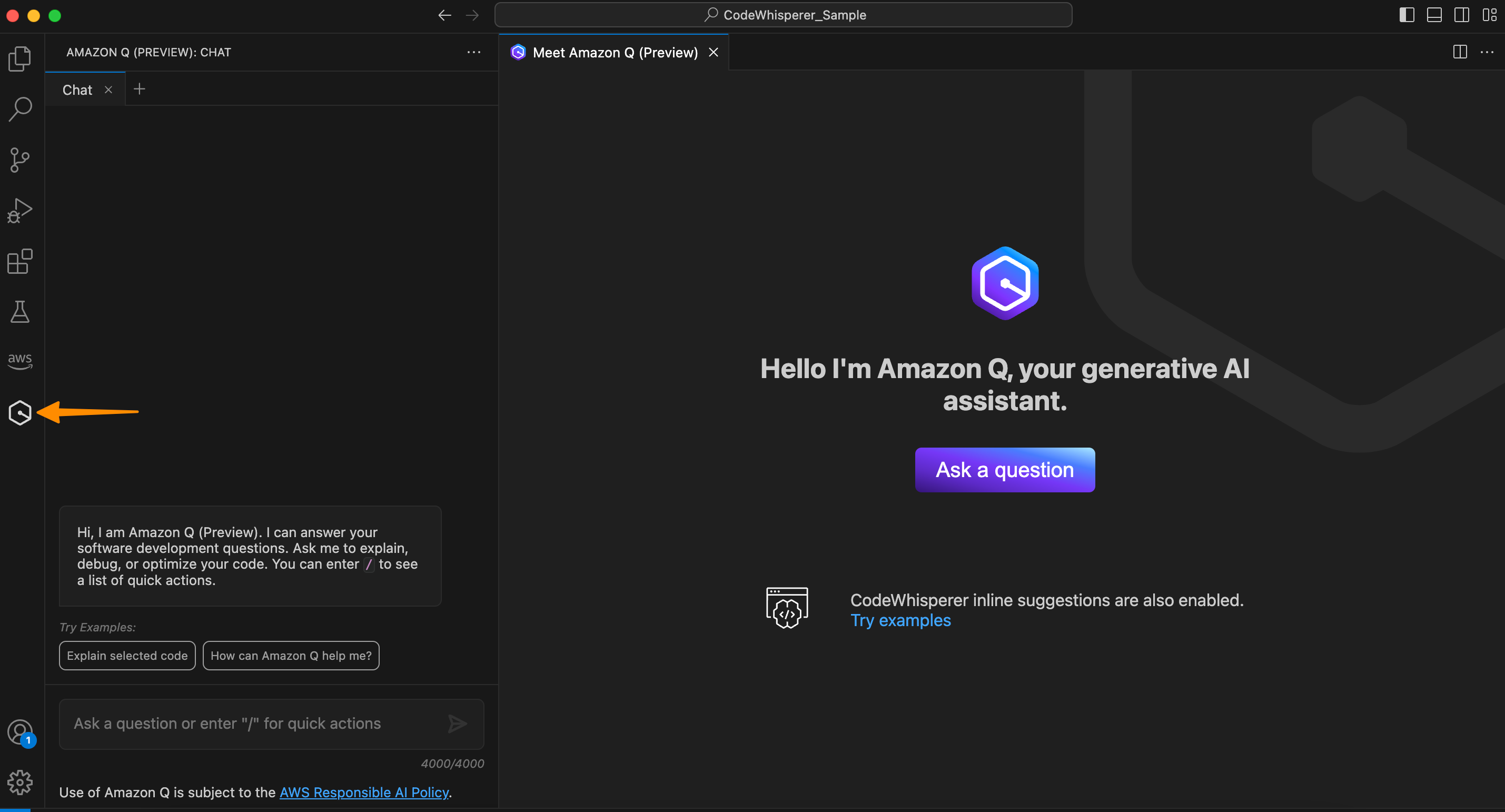

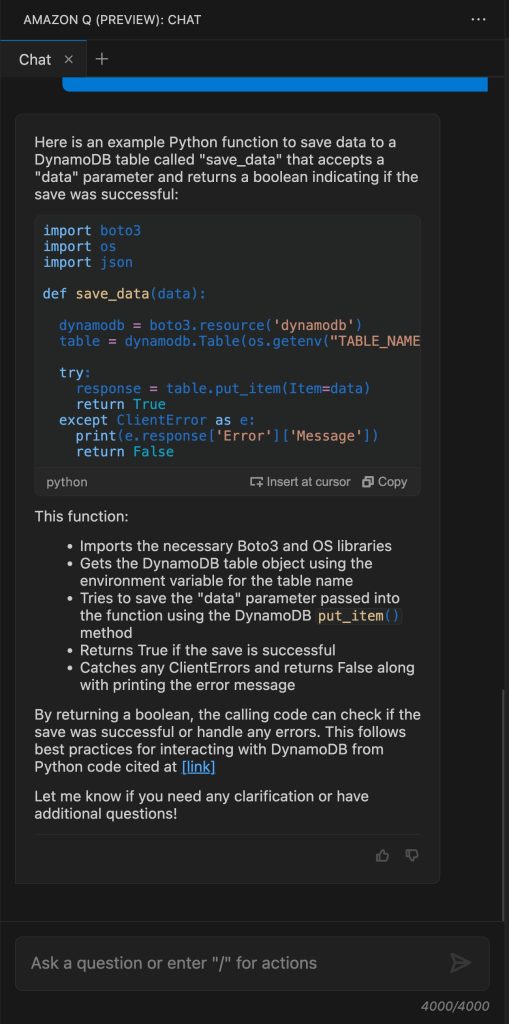

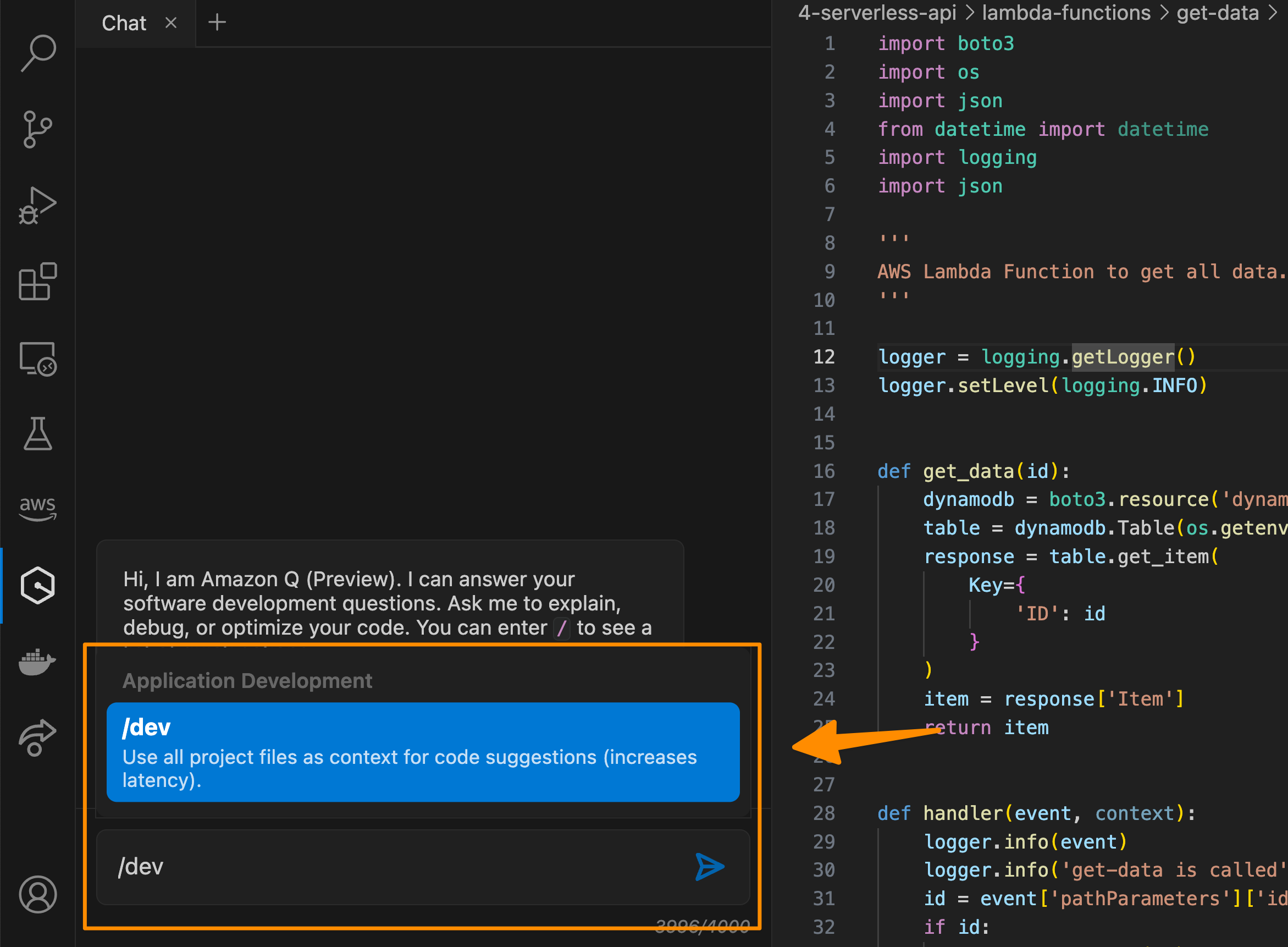
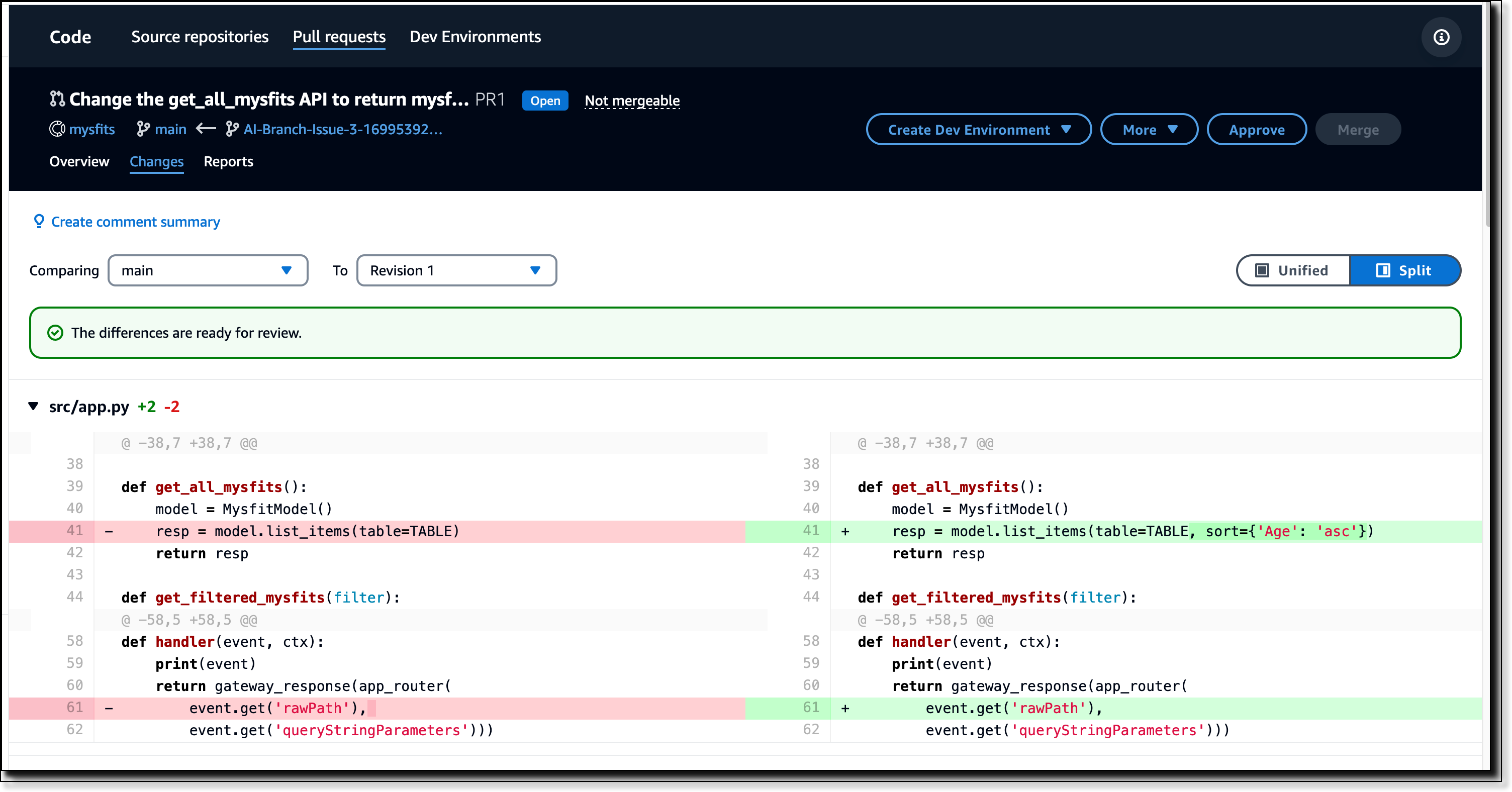

















 I’m happy to be able to tell you about the latest in our series of innovative
I’m happy to be able to tell you about the latest in our series of innovative





 3. Access to cutting-edge capabilities
3. Access to cutting-edge capabilities














